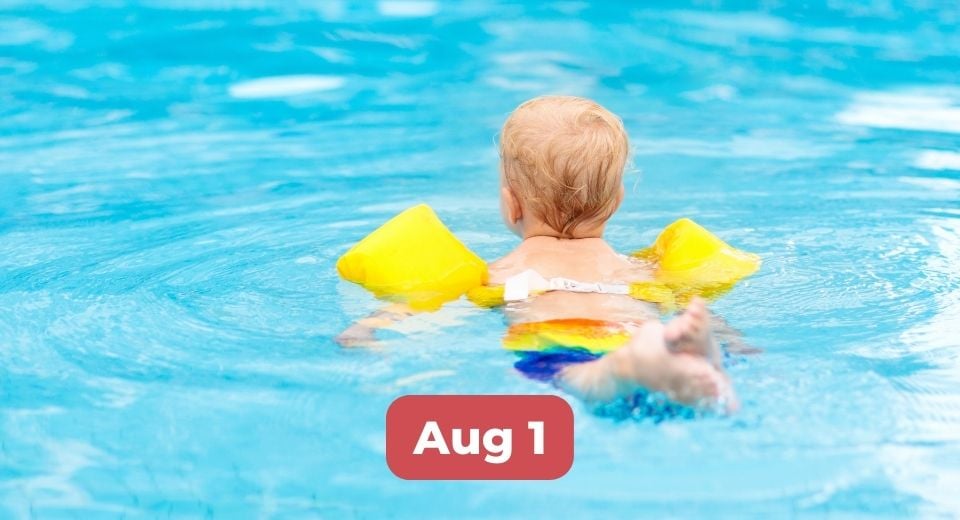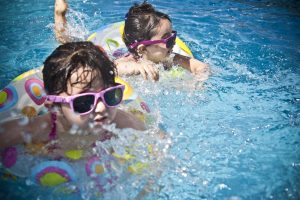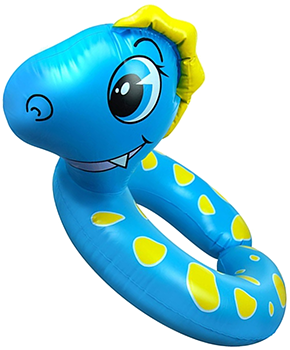
Author: Colleen Kraft, MD, Pediatrician
Drowning is a leading cause of death among children, including infants and toddlers. Most infant drownings occur in bathtubs and buckets. Toddlers between one and four years most commonly drown in swimming pools. However, many children in this age group drown in ponds, rivers, and lakes. Children older than five years old are most likely to drown in rivers and lakes, but this varies from one area of the country to another. It is important to know that children can drown in even one inch of water.
Drowning refers to death that occurs in this way. When a child is rescued before death, the episode is called a nonfatal drowning.
What You Should Do in a Drowning Emergency:
- Get your child out of the water immediately, then check to see if she is breathing on her own. If she is not, begin CPR immediately.
- If someone else is present, send him or her to call for emergency medical help, but don’t spend precious moments looking for someone, and don’t waste time trying to drain water from your child’s lungs.
- Concentrate instead on giving her rescue breathing and CPR until she is breathing on her own. Vomiting of
swallowed water is very likely during CPR.
- Only when the child’s breathing has resumed should you stop and seek emergency help. Call 911. Once the paramedics arrive, they will administer oxygen and continue CPR if necessary.
Medical Exam for A Child Close to Drowning
Any child who has come close to drowning should be given a complete medical examination, even if she seems all right. If she stopped breathing, inhaled water, or lost consciousness, she should remain under medical observation for at least twenty-four hours to be sure there is no damage to her respiratory or nervous system.
Child Recovery from a Non-fatal Drowning
A child’s recovery from a nonfatal drowning depends on how long she was deprived of oxygen. If she was underwater only briefly, she is likely to recover completely. Longer periods without oxygen can cause damage to the lungs, heart, or brain. A child who doesn’t respond quickly to CPR may have more serious problems, but it’s important to keep trying, because sustained CPR has revived children who have appeared lifeless or who have been immersed in very cold water for lengthy periods.
Drowning Prevention: Know the Warning Signs
- Head low in the water, mouth at water level
- Head tilted back with mouth open
- Eyes glassy and empty, unable to focus
- Eyes closed
- Hair over forehead or eyes
- Not using legs — vertical
- Hyperventilating or gasping
- Trying to swim in a particular direction but not making headway
- Trying to roll over on the back
- Appear to be climbing an invisible ladder
For newborn infants and children through four years of age, parents and caregivers should never—even for a moment—leave children alone or in the care of another child, while in or near bathtubs, pools, spas, or wading pools, or near irrigation ditches or other open bodies of water. With children of this age, practice “touch supervision”; that means that a supervising adult should be within an arm’s length of the child with full attention focused on the child at all times when she is in or near water. The supervising adult should not be engaged in distracting activities, such as talking on a telephone, socializing, or tending to household chores.
Home Swimming Pool Safety
Home swimming pools should be surrounded by a fence that prevents a child from getting to the pool from the house. There is no substitute for at least a four-foot-high, non-climbable, four-sided fence with a self-closing, self-latching gate. Parents, caregivers, and pool owners should learn CPR and keep a telephone and equipment approved by the US Coast Guard (life preservers, life jackets, shepherd’s crook) at poolside.
The information provided is for general interest only and should not be misconstrued as a diagnosis, prognosis or treatment recommendation. This information does not in any way constitute the practice of medicine, or any other health care profession. Readers are directed to consult their health care provider regarding their specific health situation. Marque Medical is not liable for any action taken by a reader based upon this information.


 swallowed water is very likely during CPR.
swallowed water is very likely during CPR.